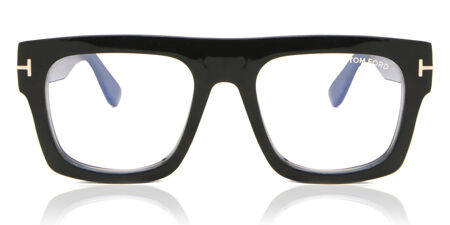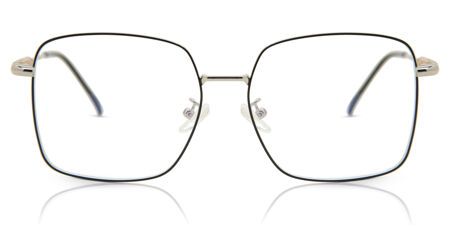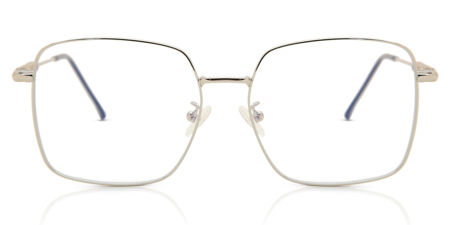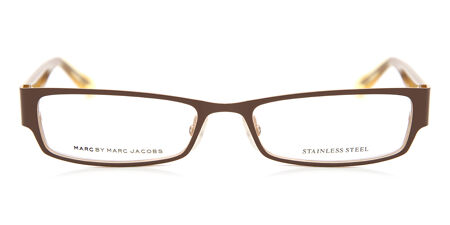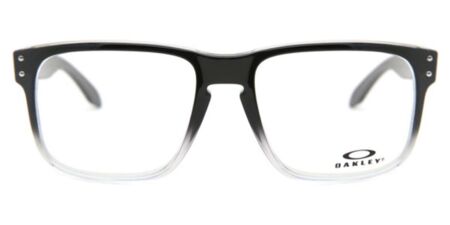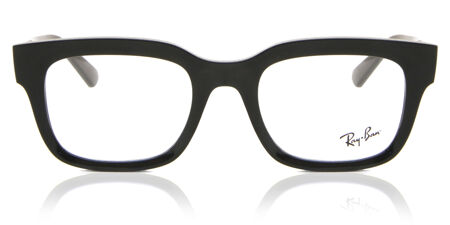Have you ever been curious about multifocal or progressive lenses? We can help! In this article, we will attempt to elaborate on what exactly progressives are, their benefits, and if they are the right option for you.
What are Progressive Lenses?
To better understand what a progressive lens is, let’s work our way up through the varieties of lenses that are available on the market today. The most basic type of lens is referred to as a single vision lens, this is because it corrects for a single visual concern. Correcting either farsightedness, intermediate distance, or nearsightedness. The next type of lens, up from the single vision lens, is the bifocal. A common question we get is, what is the difference between progressive and bifocal lenses? A bifocal lens is comprised of two corrective powers. The bottom half of the lens corrects for things up close because people typically look downward while looking at things close-up, and the top half corrects for distance because the eye looks straight or upward when focusing on objects in the distance. The top and bottom powers meet at the median of the lens, creating a hard and very visible line. The distinct line is usually associated with older folks and isn’t quite as fashionable as it's alternatives. The next step up is the trifocal, which acts nearly identically as the bifocal, except for having an additional third power in the center that corrects for intermediate distances, like a computer. The trifocal is also similar to the bifocal because the lines between powers are visible. The unique feature of a progressive lens is that it can offer up to three powers, but they don’t have the undesirable lines between the powers. The three different prescriptions blend into one another seamlessly.
Perks of Progressive Glasses
The most noticeable perk of progressive or multifocal lenses is the disappearance of the line seen on bifocal or trifocal lenses. This may just be a cosmetic adjustment for most, however, the hard transition between powers can be jarring and awkward for the human eye. Transition lenses make the shift between powers more seamless and comfortable for the wearer. Progressive glasses are a great option for most as they are both more fashionable and comfortable.
An added benefit of multifocal lenses or progressive lenses is the combination of multiple pairs of glasses, removing the need to carry around many pairs. If you are someone who requires reading glasses, computer glasses, and then another pair for activities like driving, progressive lenses could simplify your needs. Saving you bother time and energy in trying to keep track of them all!
How to get used to Progressive Lenses?
Now, there are some downsides and side effects of progressive lenses. Yes, progressives correct many visual issues, however, they are not 100% perfect across everything. Due to the nature of having three powers in a single lens, the edges of the lens become a little confused where the different powers converge. If you are wearing them you may notice that your peripheral vision is slightly impaired due to this. It can take time to adjust, but this can be managed through the type of progressive lens you select, like the free form progressive lens, which we will get into later. It is important to note that due to there being three powers squeezed into a single lens, you must pick a frame that can support this style of lens. In making a selection, be aware that smaller frames and wilder designs may not be appropriate for fit. Luckily, this page has filtered out any frame that is not conducive with progressive lenses, so you can find something here that will be compatible.
Another important disadvantage to note is the time it takes to adapt to progressives. Everyone adjusts differently to the transitioning between powers. Your symptoms may last between a few hours and up to a week. The symptoms include dizziness due to a change in your depth perception, most noticeable when climbing stairs. In the worst case, you might experience something referred to as the “swim effect,” this is when everything around you feels like it’s moving, which can be uncomfortable. Don’t worry, however, it is normal and should go away after a few weeks of wear. On the off chance that it doesn’t, you should visit your local optician.
Types of Progressive Lens
Depending on your visual issues and lifestyle, there are a few options for progressive lenses.
Firstly, there is the standard lens, these are typically recommended for those who need help with reading. This style of lens offers the most space for the nearsighted portion of the lens.
Secondly, there is a progressive lens with what’s referred to as a short corridor. This lens is the best for someone who favors more fashionable frames. This variety of lenses reduces the space given for nearsightedness, making the overall lens smaller and more adaptable to more styles of frames.
The variety increasing in popularity is the computer progressive lens. Offering the largest space for intermediate vision, which is particularly adept for working on computers. If you fall into this category, don’t forget you can make your glasses blue light filtering by adding our zFORT® coating, which will protect your eyes from digital light and reduce digital eye strain.
If the look is truly most important to you, we recommend the premium lenses, which are available on our website. They are quite similar to the standard lens, offering increased space to up-close vision correction, however, these are designed to be able to fit into a wider variety of frame shapes and sizes. This gives you the flexibility to have more of what you want and a more iconic look.
Our last option is the Deluxe lens, which offers a wider corridor for as clear a vision as possible. The lens is digitally rendered, which provides for a superior quality lens. To get this lens option, do so at checkout on SmartBuyGlasses and your glasses will arrive ready to wear!
Who are Progressive Lenses for?
Increasingly progressive lenses are becoming more popular. To the extent that some people are adopting multifocal contact lenses. With everyone spending more time on digital screens, there is a trend of more people needing glasses from an earlier age, and growing demand for multiple vision correction solutions. Making progressive lenses an optimal choice for your eye care.
For the most part, progressive lenses are recommended for individuals juggling multiple frames to cover their different visual difficulties. If you find yourself frequently shifting between your distance glasses and your reading glasses to check your phone, progressive lenses may be the solution for you! In the end, a single pair of frames are much easier to keep track of over two or three!
It is important to keep up with changing eyes, our eyes change and develop over time. Your single vision lenses may have done the trick before, but now they can’t cover all your vision needs. It may be time to visit your local optician, who is likely to suggest you wear a pair of progressive lenses or multifocal contacts, to solve all your needs with a single pair of frames. “What are multifocal contact lenses?”, you may ask, they are contacts that correct for multiple powers, similar to progressive lenses.
Shop with SmartBuyGlasses
Our offerings include thousands of glasses frames, with all of our progressive lens compatible frames in one place for your shopping ease. Not sure on the look? Try our Virtual Try-On tool, and purchase with our best price guarantee, no matter how much progressive lenses cost, you will get the lowest price on frames. After you add your new frames to your basket, upload your prescription or email it to us at a later time. Should you have any questions at any point, refer to our optical center, where you will find eye care information, or ask our online optician a question. Welcome to eyewear made easy!

















































